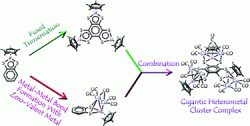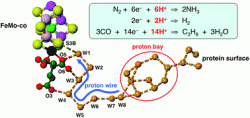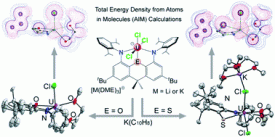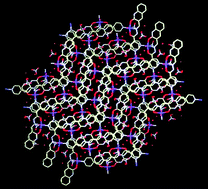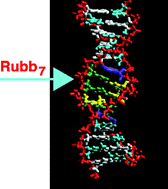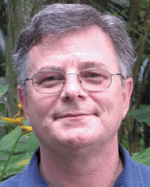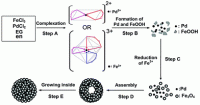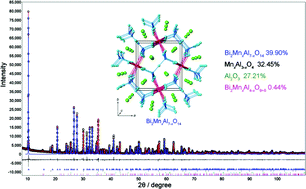Metalladithiolenes, along with their cluster complexes, are excellent compounds for studying multinucleation and electronic communication in mixed-valent states. Electronic communication in mixed-valent states is particularly important for single-molecule magnets, enzymes and for the creation of molecular devices. Ryota Sakamoto, Satoru Tsukada and Hiroshi Nishihara detail synthetic strategies for the successful multinucleation of metalladithiolenes in this Hot Perspective.
Download it today…
Multinuclear metalladithiolenes: focusing on electronic communication in mixed-valent states
Ryota Sakamoto, Satoru Tsukada and Hiroshi Nishihara
Here are some of the authors’ other recent Dalton Transactions publications:
Synchronized motion and electron transfer of a redox-active rotor
Shoko Kume and Hiroshi Nishihara
Dalton Trans., 2011,40, 2299-2305
DOI: 10.1039/C0DT01084G
Conjugation of Au11 cluster with Cys-rich peptides containing the α-domain of metallothionein
Shinya Ariyasu, Akira Onoda, Ryota Sakamoto and Takeshi Yamamura
Dalton Trans., 2009, 3742-3747
DOI: 10.1039/B900570F
Development of a versatile synthesis method for trinuclear Co(III), Rh(III), and Ir(III) dithiolene complexes, and their crystal structures and multi-step redox properties
Yusuke Shibata, Baohua Zhu, Shoko Kume and Hiroshi Nishihara
Dalton Trans., 2009, 1939-1943
DOI: 10.1039/B815560G
Are you following us on Twitter? @DaltonTrans


